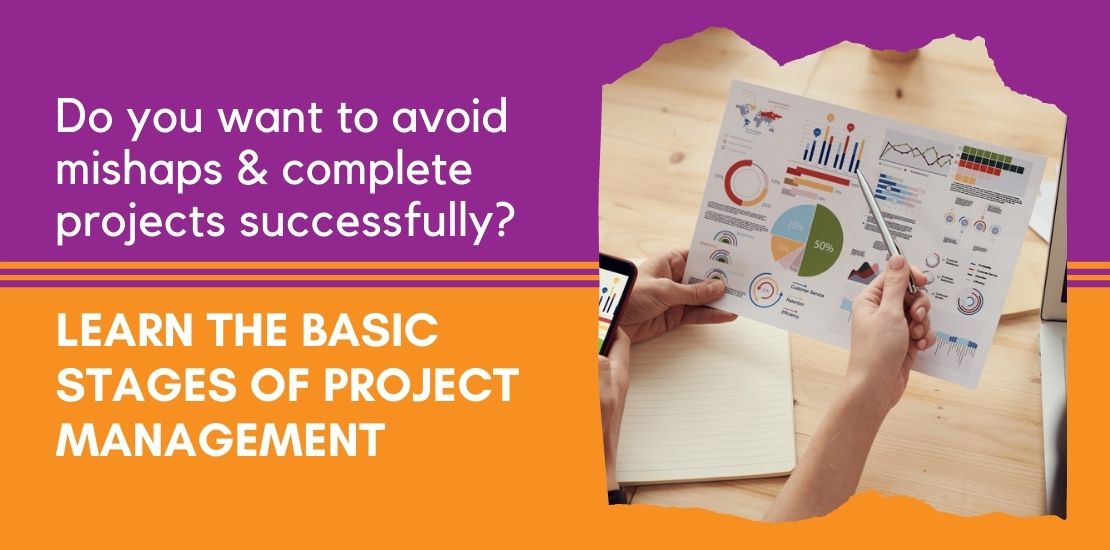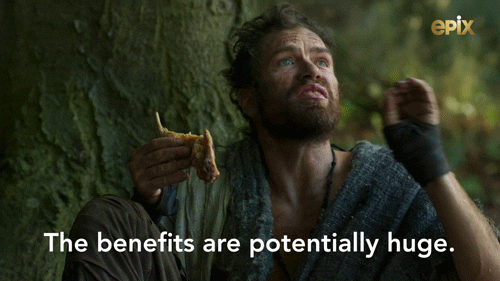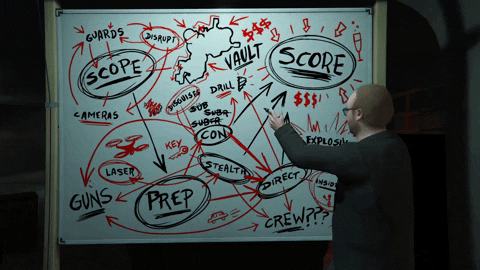- September 20, 2021
- Posted by: CENTERSPREAD
- Category: Uncategorized

Do you have large teams who find it difficult to collaborate on tasks? Or are you a small team wanting to streamline their creative projects? Are you tired of providing updates to all the stakeholders and need an efficient way to manage things? Well! If your answer is yes, let me tell you the solution to all your problems is PROJECT MANAGEMENT. Understand the stages of project management & incorporate them to streamline processes & projects.
What is Project Management?
Project Management is a practice that uses tools, techniques, and strategies to ensure the successful completion of a project. In other words, it is a process that helps teams collaborate, multi-task, streamline tasks, and thus execute their goals effectively.
What are the benefits of Project Management?
Before I proceed ahead to tell you what project management entails, you need to know all the essential benefits it offers. And if there are still any doubts about its effectiveness, I can assure you that they will be cleared too.
- Helps save and time.
- Provides smooth and effective channels of communication and collaboration.
- Ensures that tasks are executed effectively and can be examined and inspected by stakeholders without hassle.
- Ensures that the result is achieved on time and as per expectations and requirements.

What are the different stages of Project Management?
Now, we are going to delve deeper into the process of project management. You will find several different schools of thought regarding the number of stages involved in project management. But as per our understanding of project management, it consists of four basic steps.
1- Initiation:
The first step is initiation. Setting up things correctly during initiation will help you run things smoothly in the following steps. We recommend making a small checklist during the initiation stage. An example is attached below.
- Project Brief (A clear and concise brief states the expectations and requirements of the key stakeholder. Conduct a meeting to discuss any ambiguities or possible loopholes to ensure transparency)
- Project Timelines (Keep all the possible constraints in mind to develop flexible timelines. At this point, rough estimations based on previous experience can come in handy).
- Resource Management (Find & shortlist people that have the right skill set to match your project requirements)
- Tool Management (Identify all the possible tools needed during the project)
- Project Deliverables (Draft all the possible results and outcomes of the project at hand. Jot all the deliverables that will be handed over at the end of the project)
- Risk Management (This is crucial and will help you curb major roadblocks ahead. List down all the possible complications; that can arise.)
- Research (Conduct thorough research and analysis of existing elements, competitors, and industry to equip you for the next stage)
- Channel of Communication (Establish a single point of contact that will be responsible for relaying information.)
2- Planning:

To understand the importance of this stage, let’s consider an example. If you wish to go on a vacation, what is the first thing you do? You plan and list down things. Whether it is making a list of essentials for the trip or a list of places you wish to visit. Not only this, but you ensure that tickets are booked, hotels are booked and, the itinerary is planned. Nobody likes unplanned trips as they are full of hassle and chaos.
- Create a project plan by identifying the primary phases of your project and the time required to complete it.
- Divide these phases into different steps, then further dissect them into SMART goals. The segregation will allow you to pinpoint possible roadblocks as well as approximate timeframes.
- Delegate these goals to the resources as per their capabilities. Brief them on your expectations and requirements.
- Identify the right tools to help you; in executing your tasks, managing your time, collaborating with team members, and relaying information to stakeholders.
- Create a financial plan based on the allocation of resources, tools, and time. Make budget estimations and distribution for each step, if required.
3- Execution:

This is where the fun begins. You see your planning come into action. As a project manager, while your team members execute their specified tasks, your job is to monitor their progress carefully. By establishing efficient workflows, you can ensure the smooth running of all the steps.
The final step marks the culmination of the project. This step is pertinent as you will be providing a comprehensive summary of all your previous efforts.4- Final Closure: